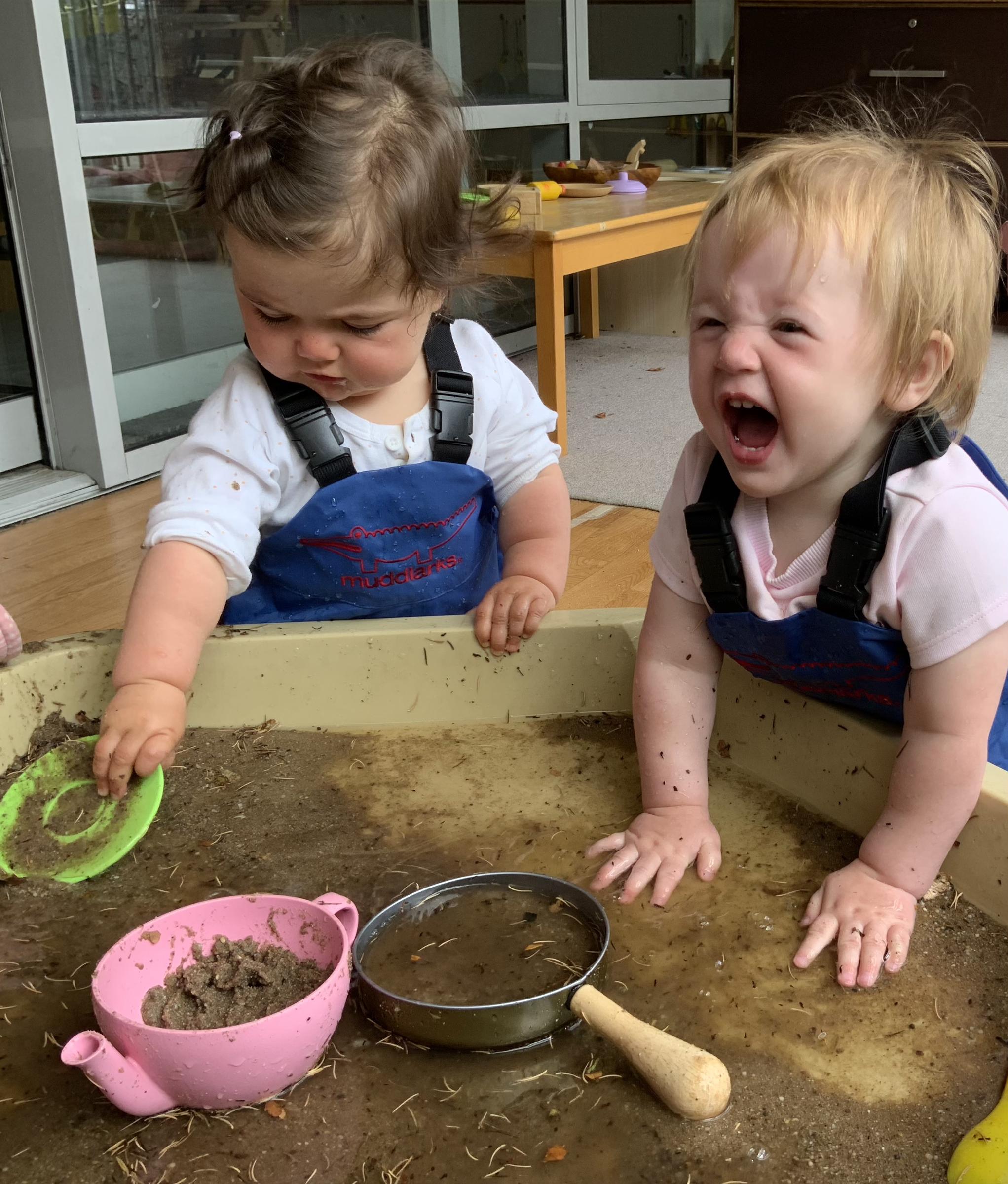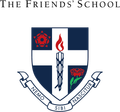Welcome to The Friends' School

Quakerism and The Friends’ School
Central to Quakerism is the commitment to connect with the good in each person. To quote George Fox, the founder of Quakerism:
Be patterns, be examples in all countries, places, islands, nations, wherever you come; that your carriage and life may preach among all sorts of people, and to them. Then you will come to walk cheerfully over the world, answering that of God in everyone.
- George Fox, 1624 – 1691
A common saying amongst Quakers, which also finds its place within the School’s curriculum, is ‘Let Your Life Speak’. Many Quakers find ways to meet this call to principled action through service to the wider community, social activism and ethical business practice. The stories of historical Quakers whose lives were an example of letting their lives speak are included in the School’s curriculum and in the naming of student houses and teaching groups. A culture of service to others is strongly emphasised in the School, including the principle of student leadership as service.
Quakers look to their Testimonies of Simplicity, Peace, Integrity, Community, Equity and Earthcare to find values to live by. These values are the underlying principles that guide the processes, inform the relationships and are reflected in the decisions of the community. Together with the School’s Purpose and Concerns, and the Attributes and Attitudes of the International Baccalaureate (IB) Curriculum, the Testimonies articulate values that the School identifies as worth upholding.
Quakers are open to wisdom from varied and sometimes unexpected sources, but the writings offered by Quakers over many years, such as in the book, ‘this we can say’, and the pamphlet ‘Advices and Queries’ are a valued source. An example of an advice is:
Take heed, dear Friends, to the promptings of love and truth in your hearts.
At The Friends’ School students regularly attend Gatherings modelled on the Quaker Meeting for Worship, but which include guidance on ways of developing a reflective stillness of mind. The Gatherings often have themes for consideration, based on sources such as the Quaker Testimonies, the School’s Purpose and Concerns, or topics introduced by staff and students.
Parents who would like to experience a Meeting for Worship may like to join other members of the School community from 7.45am – 8.20am at the Meeting House on Thursday mornings during term time.
History of the School
The Quaker movement in Tasmania dates from 1833. The foundation of The Friends’ School was first proposed in 1884 when a conference of parents requested the assistance of English Friends in starting a school in Tasmania.
Samuel and Margaret Clemes and their three children arrived in Hobart in August 1886. Clemes had been asked to become the first Principal of the School and brought with him books, slides and other equipment contributed by English Friends. Suitable rooms were rented in Warwick Street and the first Friends’ School scholars assembled there early in 1887.
It soon became evident that the School would need larger premises. The School Committee considered the estate of ‘Hobartville’ on the northern boundary of the city. Despite worries about distance from the city and the difficulty of financing, the Hobart Committee purchased ‘Hobartville’. Non-Quakers in Hobart and Quakers in all parts of Australia and England gave the means for purchasing the property and effecting necessary alterations. Clemes was an educator ahead of his times. He set about with ‘great assiduity and thoroughness’ to make the School one where education was concerned with every child, not just the few gifted.
Clemes saw education as a preparation for life. He aimed for the School to be conducted in the spirit of the family with high academic endeavour taking its place with the development of practical skills and leisure time interests. He did not encourage competition, preferring ‘the pursuit of learning for its own sake.’
In 1900 Samuel and Margaret Clemes left Friends’ and established their own school close by. It was first called Leslie House School and later Clemes College and in 1945 that school amalgamated with The Friends’ School.
In 1923 the management of The Friends’ School passed from English Friends to an Australian Friends’ Committee. That year too, Ernest Unwin arrived in Hobart with his wife Ursula, their son and daughter to take up the School’s Headmastership. Unwin was anxious to broaden the subjects available to scholars especially in areas such as Art and Science. Script handwriting was introduced as well as speech competitions. Unwin initiated a huge building program and the School’s resources were enhanced. School colours of scarlet, grey and navy blue were introduced as was the motto, Nemo sibi nascitur – ‘No person is born for self alone.’ He remained Principal until 1944.
William N. Oats was appointed in 1945 as Headmaster of The Friends’ School. Soon after his arrival, Friends’ and Clemes College amalgamated. This meant an enrolment of an extra 220 scholars and a shortage of teaching space. It was decided to work towards teaching older scholars on the Commercial Road site and younger ones at the Boa Vista Argyle Street site. The curriculum was widened and general studies classes initiated to complement strongly academic studies.
Roderic Grosvenor was appointed Principal in 1973. Margaret Bailey and Michael Bailey became the first Joint Principals in 1980. During these years the School’s Pastoral Care program was widened as were the experiences offered to students. New subjects offered included Outdoor Education, Peace Studies and Japanese. Clemes, the senior secondary section of the School was established and the School began its Sister School relationships.
Stephanie Farrall and Lyndsay Farrall were appointed Friends’ School Co-Principals in 1989. Following Stephanie Farrall’s resignation in 2000 due to ill health, Lyndsay Farrall took on the role of Principal. During the Farrall years the School’s enrolment grew to over 1000 students and weekly Gatherings were reintroduced. A building and refurbishment program was undertaken and new facilities including a Before and After School Care Centre, a Health and Fitness Centre, and Robey and Walker House residential accommodations were established. Curricular developments included the introduction of Chinese classes, the International Baccalaureate Diploma and Vocational Studies for Years 11 – 12.
John Green took up the position of Principal of The Friends’ School in mid 2002. During his tenure the School continued to grow and maintain its position as a fine academic institution. The International Baccalaureate Diploma and Primary Years Programmes were consolidated and the School saw large improvements in its technology and infrastructure, including the purchase of Far South, an outdoor education centre near Dover, the building of an Early Years Centre and an Assembly Hall known as The Farrall Centre.
John Green completed his appointment at The Friends’ School at the end of 2012 and in 2013 we welcomed Nelson File as our new Principal, a Quaker and educator with many years of international experience. During his years Nelson proved himself to be a leader of great integrity and vision. He worked with the Board of Governors to generate the strategic priorities that will guide the School into the future. Nelson laid down his service at the beginning of 2024 and Esther Hill commenced the role of Principal.
